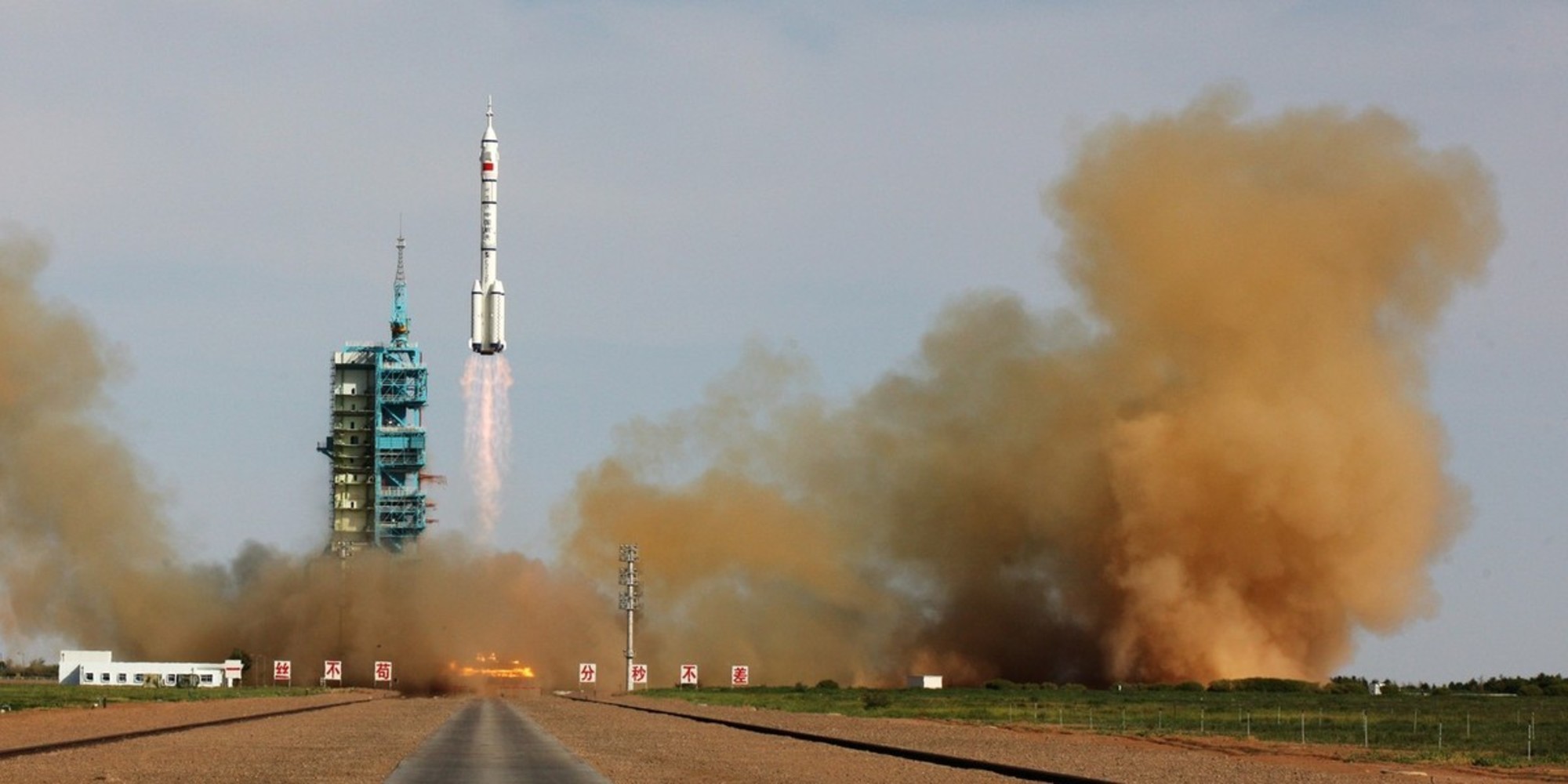ESO has signed an agreement with the Breakthrough Initiatives to adapt the Very Large Telescope instrumentation in Chile to conduct a search for planets in the nearby star system Alpha Centauri.

Researchers have used NASA's Chandra X-ray Observatory to produce an X-ray image of space (the deepest-ever X-ray, in fact) that has uncovered an abundance of supermassive black holes.

From the most powerful telescope orbiting Mars comes a new view of Earth and its moon, showing continent-size detail on the planet and the relative size of the Moon.

Fast radio bursts, powerful pulses of radio energy of unknown cosmic origin, are a source of endless fascination to astronomers and alien conspiracy theory fodder to everybody else. Last year astronomers discovered the very first FRB signal that repeats and now they've pinpointed its location.

After months of uncertainty and delays, SpaceX can finally say when it expects to resume rocket launches following its September launchpad explosion.

SolarStratos, a Swiss startup, has unveiled an airplane that uses solar power to lift people to the edge of space and return them gently to earth.

Everything from meteor showers and eclipses to epic space missions and more, 2017 will be worth looking up for and forward too.

The NASA mission is getting unprecedented views of the ringed gas giant's biggest mystery

As outlined in a new white paper announced Tuesday, the Chinese government hopes to soft-land a probe on the far side of the moon by 2018 and send a robotic mission to Mars in 2020.

Topological defects in the Universe itself could be picked up by atomic clocks.

Although there are no seasons in space, this cosmic vista invokes thoughts of a frosty winter landscape. It is, in fact, a region called NGC 6357 where radiation from hot, young stars is energizing the cooler gas in the cloud that surrounds them.

As the Cassini spacecraft executes its final daredevil maneuvers, scientists on both sides of the Atlantic are already thinking about the next mission to Saturn. But this time they're talking about hunting for life in Saturn's rings.

Satellite observations of the Earth's magnetic field reveal a fast-moving stream of metal deep inside the planet.

Boron, changing minerals offer evidence of a habitable lake and complex chemistry.

A team from the Netherlands has tested the new theory of theoretical physicist Erik Verlinde for the first time through the lensing effect of gravity.